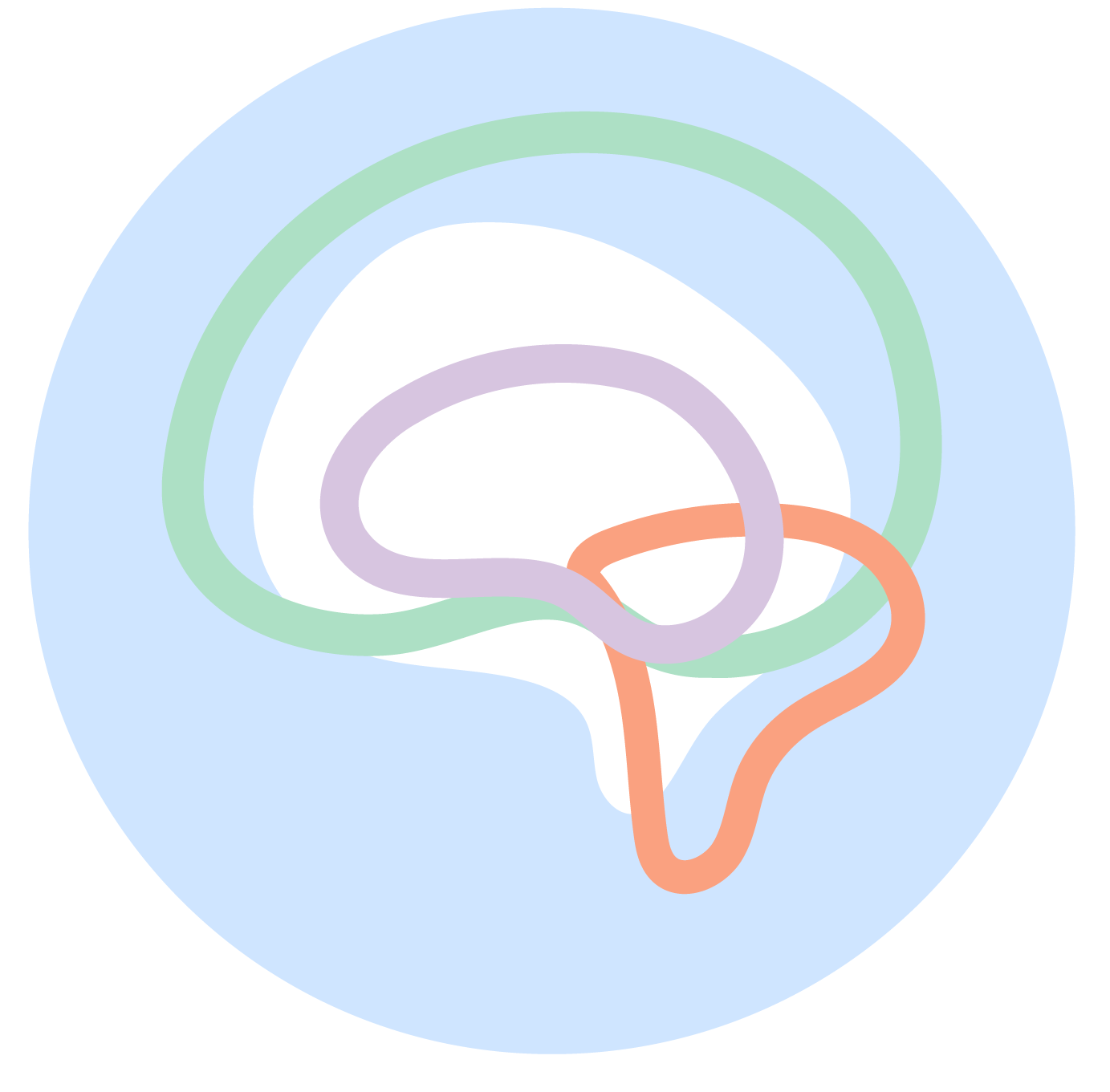Turning Awareness Into Action for Mental Health Awareness Month
This May, we enthusiastically welcome back Mental Health Awareness Month. In 2025, this month’s theme calls for a specific request: to turn awareness into action.
The goal for this year is to encourage more people to turn their knowledge into a form of contribution. Turning Awareness into Action is crucial as we see reports from ValuePenguin that 15.9% of American households with children involve children in need of mental health treatment. Rhitu Chatterjee of NPR reported on CDC research into recent trends of teen mental health, such as schools putting in more effort and resources in addressing Mental Health concerns since COVID-19.
Though this indicates a slight decline in feelings of hopelessness and of children needing mental health services, there is undoubtedly so much more that can be done. Absorbing the data from reports on the screen becomes powerful when put on the forefront, when action takes place to make this information more visible. Knowing this information can inspire us to take necessary steps to broaden the mental health conversation, and to strengthen areas in need of improvement. The data changes when actions take place.
An infographic created by My Good Brain Research & Education team: showing that the stats are clear, our youth are struggling. From suicide risks to lack of access to care, today’s youth, especially those from marginalized groups, deserve better.
This isn’t “just a phase.” It’s a wake-up call. Let’s talk about it. Let’s act.
The My Good Brain team takes action by making these statistics available to the community. Feel free to read/share!
Why Action?
Awareness is not only deeply essential in our absorption of key facts and values. It is a driving force in encouraging transformational change and action. Any campaign for spreading awareness results from the efforts of so many people, volunteers, mental health workers, of different walks of life making a contribution to that campaign. These people looked at something - a flyer, an infographic, a blog, a mental health message - and then decided they would participate somehow in sharing that message.
A wonderful example of an action you can take is volunteering for your local Mental Health promotion organization. These groups contribute vital actions to awareness, whether that’s posting flyers, sharing posts on social media, starting community events, or starting a conversation on mental health. Every action is pivotal in making necessary data, resources, and knowledge more present and long lasting.
Art and Creativity as Action
Mental Health and Wellness are wonderful themes to incorporate in an art class or workshop. As an organization that bridges Psychology and Art, My Good Brain actively aims to teach children and adolescents how to practice healthy coping strategies for mental and emotional wellness.
Artistic and creative activities help to facilitate educational conversations and spread awareness. Parents and educators are encouraged to utilize art and creativity more when it comes to sharing knowledge with their children and students. These are opportunities to converse about emotions, de-stress, practice self-expression, and bond in community.
Next Steps for Parents, Educators, and for Everyone
Mental Health organizations work diligently to bring accessible events to their local areas. In this month of May, look out for events such as Wellness Fairs, Art x Mental Health workshops, or a Mental Health Walk nearby.
Parents can take action in addressing their children’s mental health needs by exploring more in depth of what is possible - research your current health insurance plan; speak with your child’s primary care doctor for referrals; look at in-network options; consider telehealth options; any step towards this exploration is a great step in the right direction.
We all can do our part in putting our awareness into a path forward by action, whether in this month or anytime of the year.
Upcoming events from My Good Brain:
Mental Health Action Day! Learn how to use A.S.K. - Acknowledge, Support, Keep in Touch.
Until May 31: #HereForYou Challenge
Saturday, May 24: Art x Mental Wellness Workshop at Union City Library!
Saturday, May 31: Take a Moment: A Mental Health Meetup + Walk
Bay Area Events and Organizations
NAMI: East Bay, San Francisco, Santa Clara County

